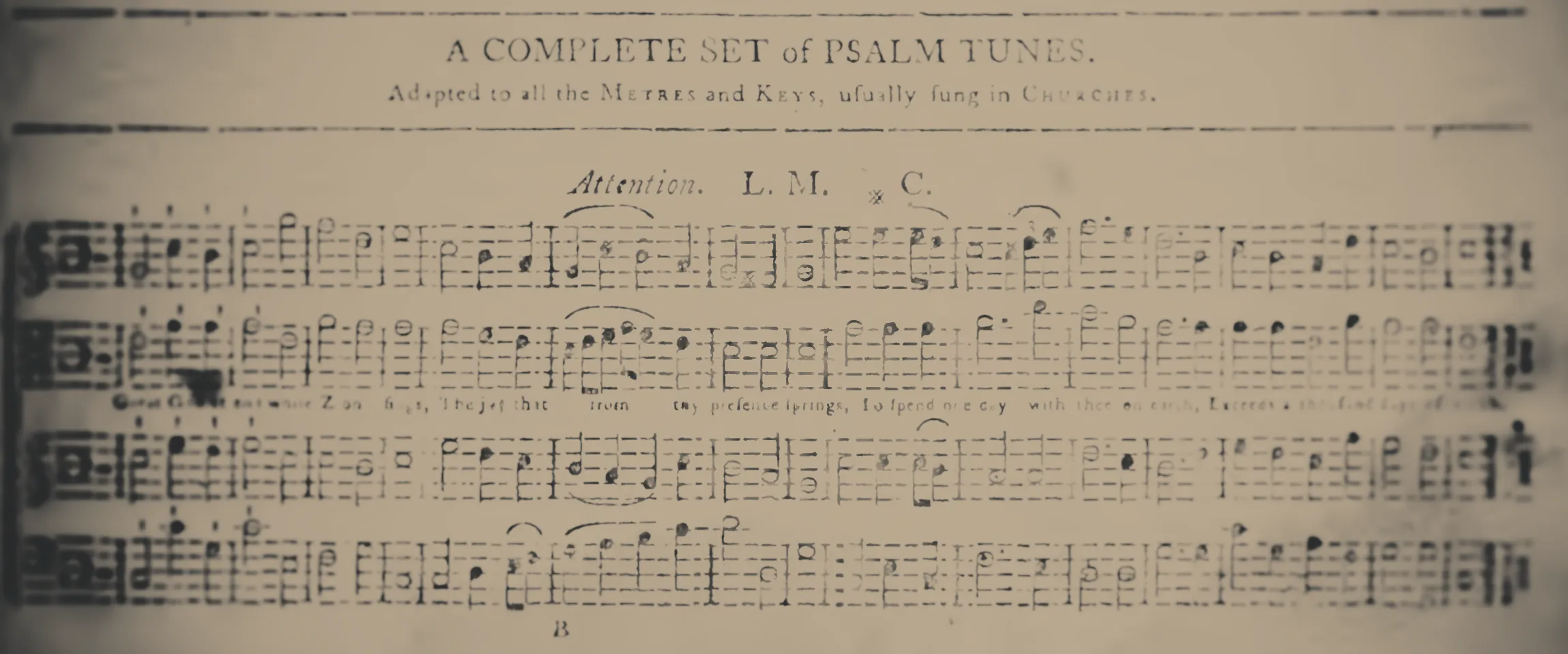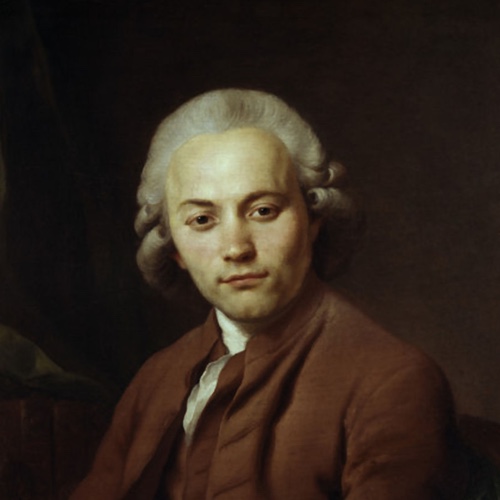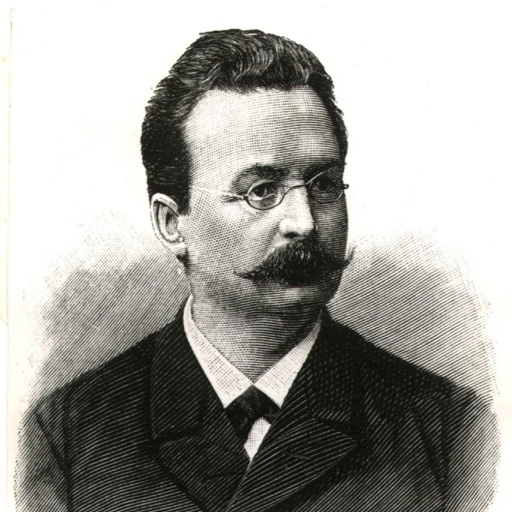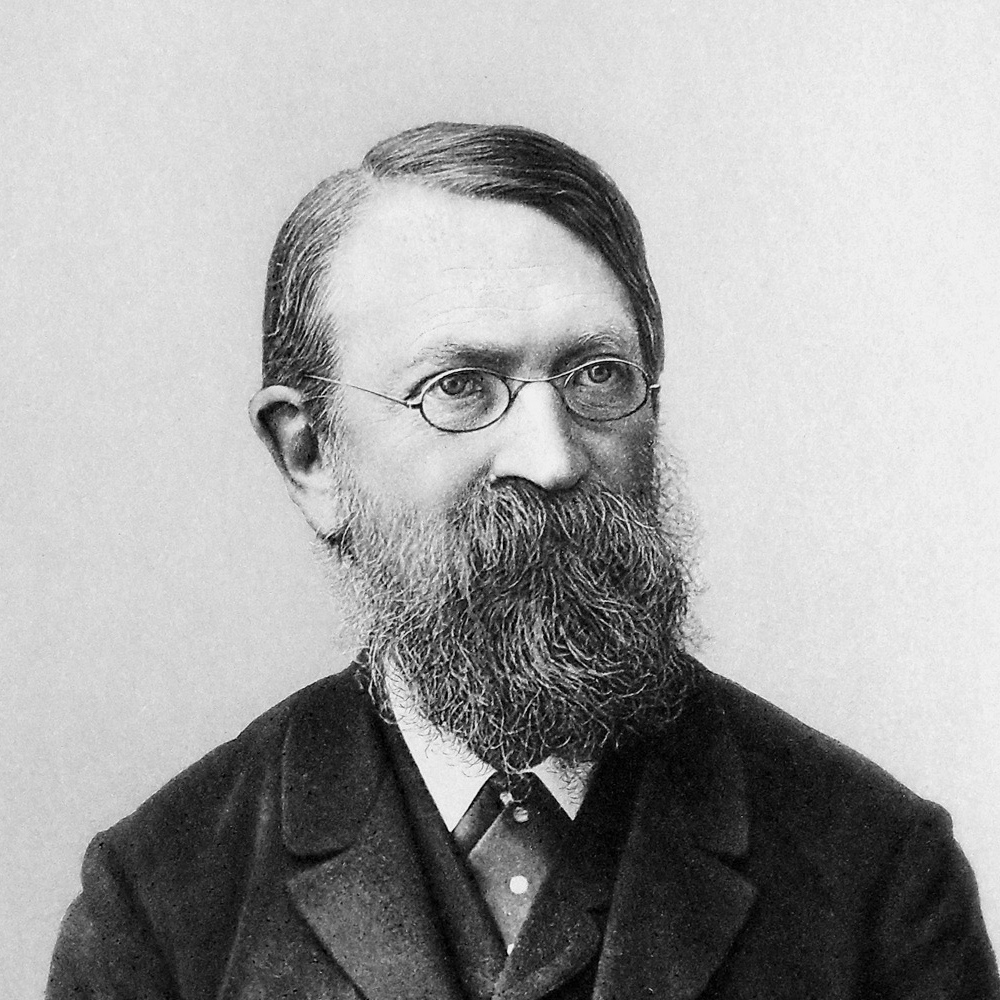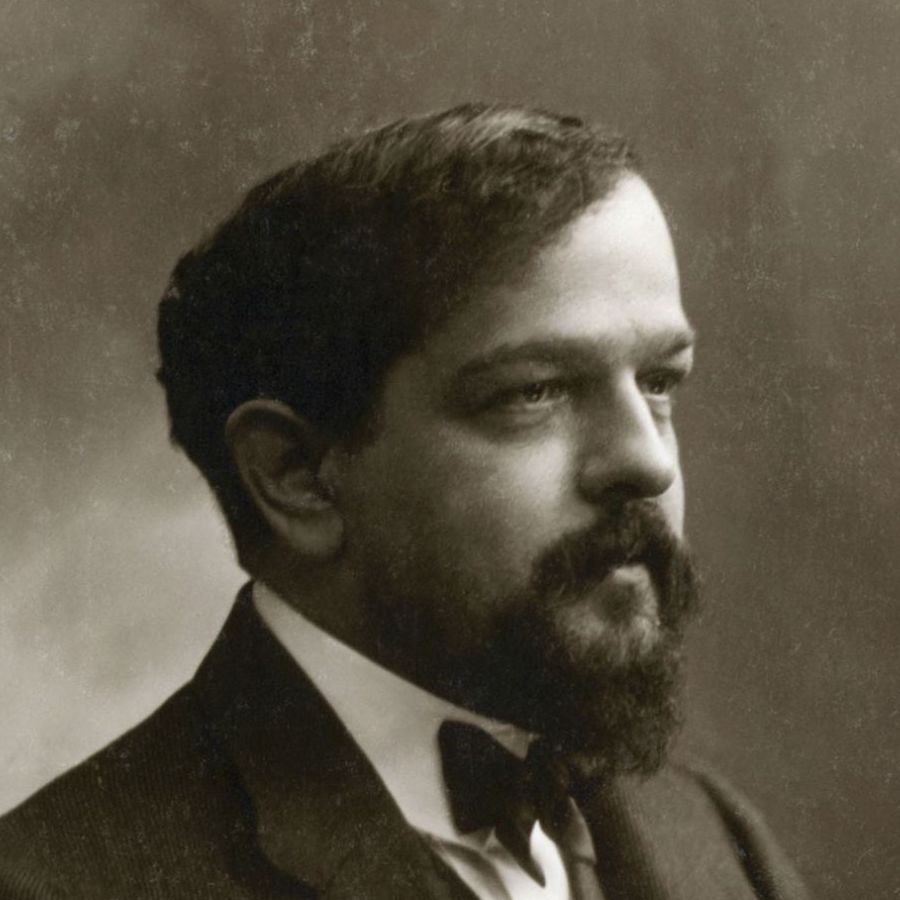Contents
19c(1) : Perpetual Changes
After standards are established, any art or entertainment follows the same path — boredom. People want for something new and creators try to break the “rules”. The pioneer in this era is, again, Beethoven.
These next generation composers eagerly tried unconventional styles like new orchestrations, new forms, new techniques… to seek for state-of-the-art music.
What a strong character they have! The democratization of music culture and the intensification of free market competition may have reinforced this tendency; for distinctive and creative artists could stand out and were more likely to survive1.
What About Music Theory?
Looking in music theory field in 19c, you don’t find so much radical revolution as in 18c. But theorists in Germany made a great contribution to systematize the theory.
Numbering, grouping…These systems still lies at the basis of today’s theory. But on the other hand, they couldn’t theorize well the cutting-edge music at that time, so again theory stays behind reality.
Music Psychology
Another chief movement in late 19c is a development of music psychology — how we recognize music?
This is such a deep question that philosophers and psychologists are committed to this matter. In early 20c grew a study called “Gestalt Psychology”, where music is very much concerned.
19c(2) : Meanwhile, In America
Since this article is primarily focused on tracing the path to today’s standard music theory, the topic inevitably leans towards Europe and the academic realm. However, let me take a small “side trip” to the American continents, to pick up a few essential elements of today’s popular music.
The establishment of popular genres like rock, reggae, and hip-hop happened in the 20th century. However, even in the preceding 19th century, you can already find the “seeds” of pop music.
Stephen Foster is a composer known as the “Father of American Music”, and “Nelly Was a Lady” is a ballad that tells the story of a black slave mourning the loss of his wife. “Grandfather’s Clock” is another famous pop song in U.S.
What is noteworthy here is the form of these songs. In “Nelly Was a Lady,” the simple verse is repeated twice, followed by a chorus that includes the title lyrics. “Grandfather’s Clock” is slightly complex but can be seen as verse-verse-prechorus-chorus. You see? In other words, the forms are totally the same as that of modern pop music! In fact, this verse-chorus structure were established in America during the 19th century2.
Compared to the innovative classical music mentioned earlier, these pop songs may sound ordinary to us today. However, when you think about it seriously, the fact that they sound “ordinary” to our modern ears is quite remarkable, because it means that the styles they established have not only endured for 200 years but have also become ingrained as the norm of pop music.
Music in Latin America
Turning our attention to Central and South America, as well as the Caribbean, we can find that in the latter half of the 19th century, genres such as tango emerged in Argentina and Uruguay, while in Cuba, the genre known as son, which became the precursor to rumba and salsa, was born.
Tango:
Son:
These Latin genres have had a significant influence on modern popular music especially in terms of rhythms. While the theoretical frameworks of rhythm in these genres is rarely included in typical “music theory” books, it is nevertheless an important element in today’s popular music.
Moreover, these Latin American rhythms have even influenced classical music of the time. For example, the distinctive rhythm used in the “Habanera” by the French composer Bizet incorporates the music style called literally Habanera, which developed in Cuba in the early 19th century.
- The common rhythm pattern
The accompaniment uses the same rhythm. There’s a story that the style is imported to France by way of Spain, which was colonially ruling over Cuba, but anyway, a genre “mixture” was already happening so long ago just like today a rock band incorporating reggae rhythms.
An overview of history tends to present a single linear path, often making the world appear simple and one-sided. This article may be no exception. However, real world history is far more complex, shaped by “unsung heroes” who also played significant roles in influencing the present.
Alright, let’s head back to Europe once more, crossing the Atlantic🚢🌊
20c(1) : Contemporary Music
In 20th century, pursuit of uniqueness almost got close to the edge.
This is a song for ballet in 1913 by Stravinsky, but it sounds just like a suspense film soundtrack😱 It is said that; when it was first played on theater, it seemed too progressive for audience to enjoy, ending up with uproar happening during the play.
This sounds like music for an emperor in a historical Chinese film! But this is written by Debussy, a French composer, in 1903, influenced by The East. This song, naturally, doesn’t follow the “rules” written in classical harmony book, but he left such a quote:
Thrilling rhythms, a fusion of The West and The East…Though instruments used here is classical, experiments as challenging as today had already been done by this period.
From Rules to Tools
Over 100 years of exploring new ways of expression pushed artists to the limit of creativity. So they finally abandoned Classical Harmony scheme and started to build totally novel system, which leads to Contemporary Classical Music.
Schoenberg “Piano Concerto” (1942)
Xenakis “Pithoprakta” (1955–56)
Unexpected phrases come and go one after another, which is completely free from “boredom”!…isn’t it? You feel these songs messed up, but of-course it’s not. The composers constructed new elaborate theories and got off the wall intentionally.
Schoenberg is one of the pioneers who introduced this innovative direction in the early 20th century. By the latter half of 20c, many such avant-garde works were being created, and in the history of classical music, these are referred to as “contemporary classical music“.
It’s interesting that they first made a theory to make new music. Now, theories were no longer “rules”, but just “tools” in this age. If they felt like making a conventional song, they used conventional theory and vice versa.
For artists in 20c it’s so common as changing weapons according to targets in a monster-hunting video games.
History of Destruction
Now you’ve witnessed the shocking history that someone made a theory, another one broke it, some made, others broke…This is the cycle of music theory.
Well, it is not the history of classical music that I want you to remember, it’s this:
- Artists throughout history have always challenged new sounds that aren’t accounted for in theory.
- Innovative music has always faced criticism by some audience and theorists.
- But after all theory has no choice but to accept the reality, revising its norm.
Some of you may suppose that “theory” is something completely scientific, absolute and permanent, where there’s no room for our feelings or arbitrariness, let alone the trend of some genre or era — but in fact it’s not!
In principle, Actual music comes first. Music theory is made according to it, utilizing statistics…or more casually, empirical rule of thumb shared within some community. This relationship is quite like that of a language and grammar. There arises a language first. Grammar is built afterwards, but as the use of a language gradually transforms, grammar also has to be revised.
And since theory is just a “basic framework,” breaking it isn’t a problem at all. Classical music itself proves that. Then the next question is: Should you learn the “framework”, to intentionally break it “in a good way” like historic composers did?
To answer this question, we must go on this history tour…
